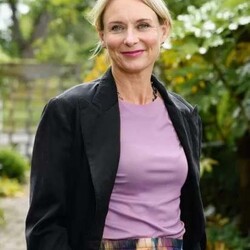Interview
B.
Bulletin
New Zealand's leading
gallery magazine
Latest Issue
B.21701 Sep 2024
Contributors

Interview

Otira: it's a state of mind
A short road trip to the Otira Gorge was the scene for a conversation between Gallery curator Peter Vangioni and two of the artists included in Van der Velden: Otira, Jason Greig and the Torlesse Supergroup's Roy Montgomery.
Interview

The Maureen Lander Archive
After nearly forty years as a practicing artist, Maureen Lander (Ngāpuhi, Te Hikutu, Pākehā) is developing a digital archive of photographs and related materials documenting her career to date. This has been made possible by the return of her daughter Kerry to Aotearoa New Zealand after twenty- three years in Australia. Assisted by Heritage Studios staff and funding from Creative New Zealand, Kerry is working to archive and digitise everything, which will eventually be available to the public. Maureen and Kerry share thoughts about the process so far.
Interview

Looking at Forty Years of Māori Moving Image Practice
Māori Moving Image: An Open Archive is co-curated by Bridget Reweti and Melanie Oliver. The following text is a conversation between the two curators around co-curating, archives and Māori moving image practice.
Interview
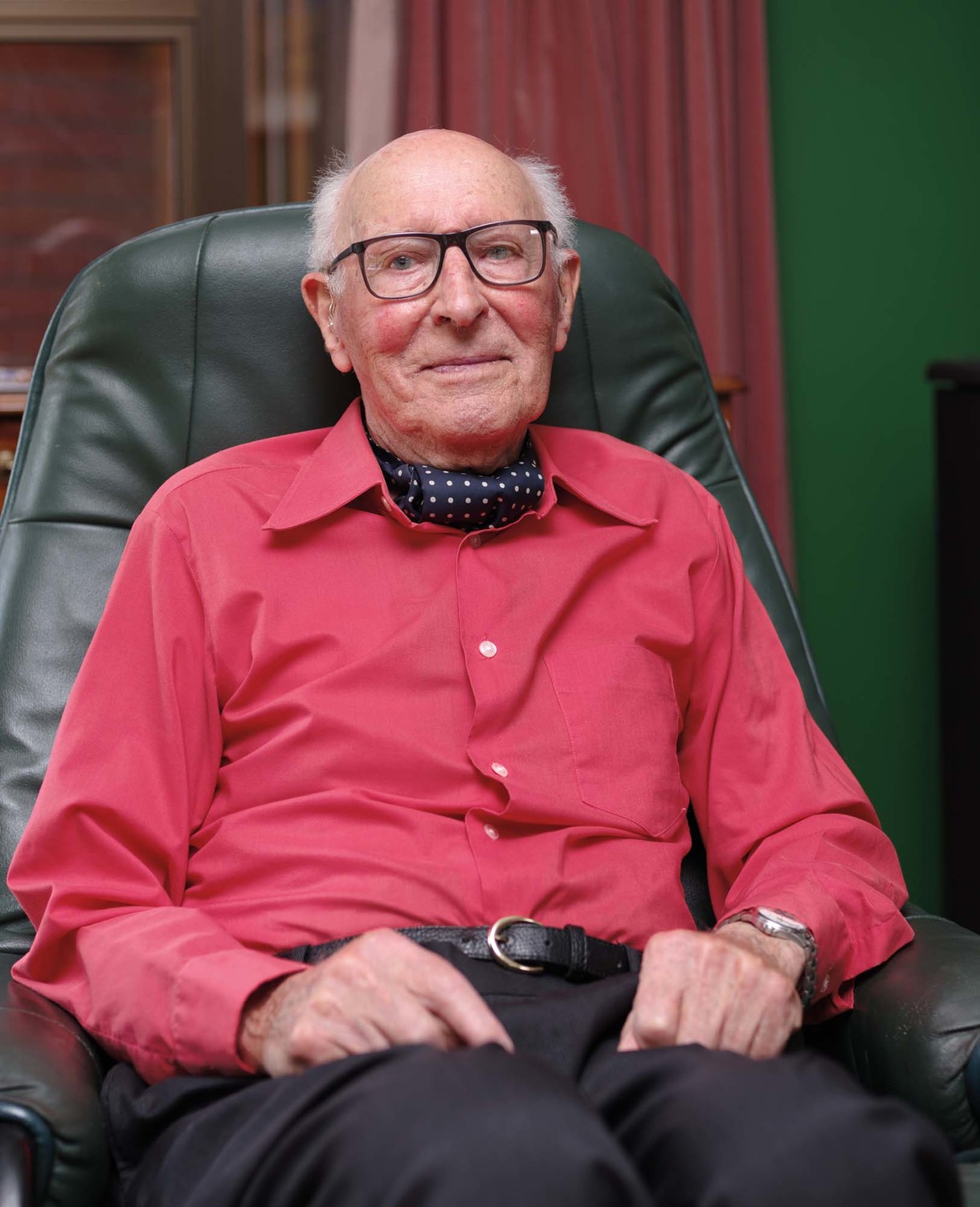
John Simpson
Early in 2017, Professor John Simpson, the former head of the School of Fine Arts at the University of Canterbury, approached the Gallery’s then director, Jenny Harper, with a proposition: he had been considering the future of the art collection he had accumulated over the past six decades, and wished to know whether the Gallery would be interested in selecting a group of works for a gift. My colleague Ken Hall and I visited John one afternoon in March. It quickly became apparent to us that the collection was significant and that the offer was particularly generous. Interestingly, we discovered that the works variously represented John’s own artistic interests and his national and international artworld connections. As such, they told a story of art and art history that usefully expanded the local account.
Interview
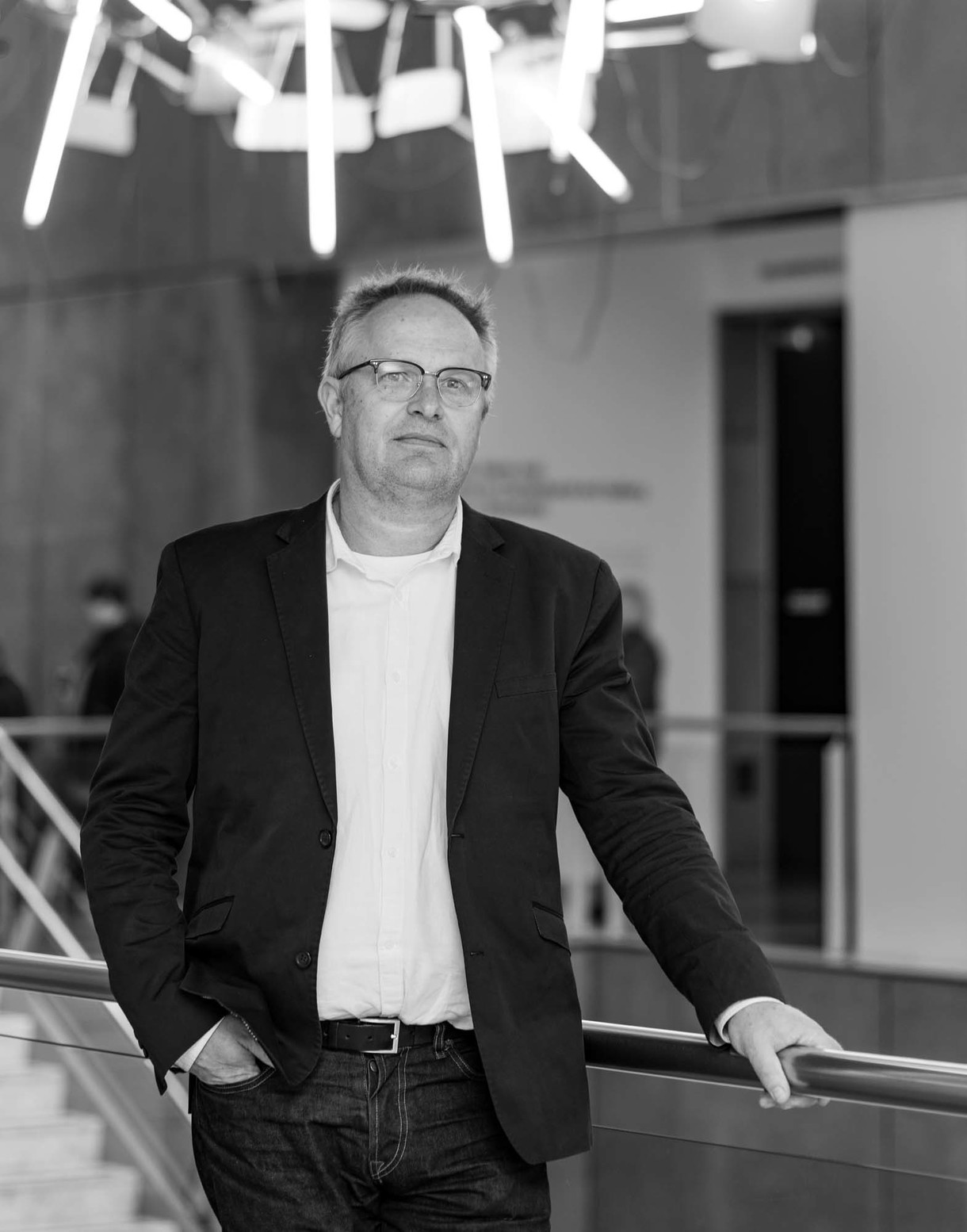
Becoming Someone Different
The Gallery’s new director, Blair Jackson, talks with Bulletin editor David Simpson about where he’s come from, what he’s got planned, and what he’s excited about as he settles in to his new role.
Interview

The London Club
In September 2017, Gallery director Jenny Harper, curator Felicity Milburn and Jo Blair, of the Gallery Foundation’s contracted development services, Brown Bread, went to London, taking a group of supporters who received a very special tour of the city’s art highlights. While there, they further developed the Foundation’s new London Club. Recently they sat down together in Jenny’s office…
Interview

It’s our party and we’ll cry if we want to
On 10 May 2013, Christchurch Art Gallery Te Puna o Waiwhetū turns ten. Which is fantastic. But it's probably fair to say that there's a bittersweet quality to the celebrations around this particular anniversary, as it also marks two years and eleven weeks of closure for the Gallery, and catches us staring down the barrel of another two years without our home.
It's frustrating. And then some.
However, we're not going to let these little, ahem, inconveniences get in the way of our party. Populate! is our birthday programme, and it's our attempt to bring some unexpected faces and figures back to the depleted central city. Bulletin spoke to the Gallery's senior curator Justin Paton about what he really wants for the tenth birthday, what he finds funny, and what he really doesn't.
Interview
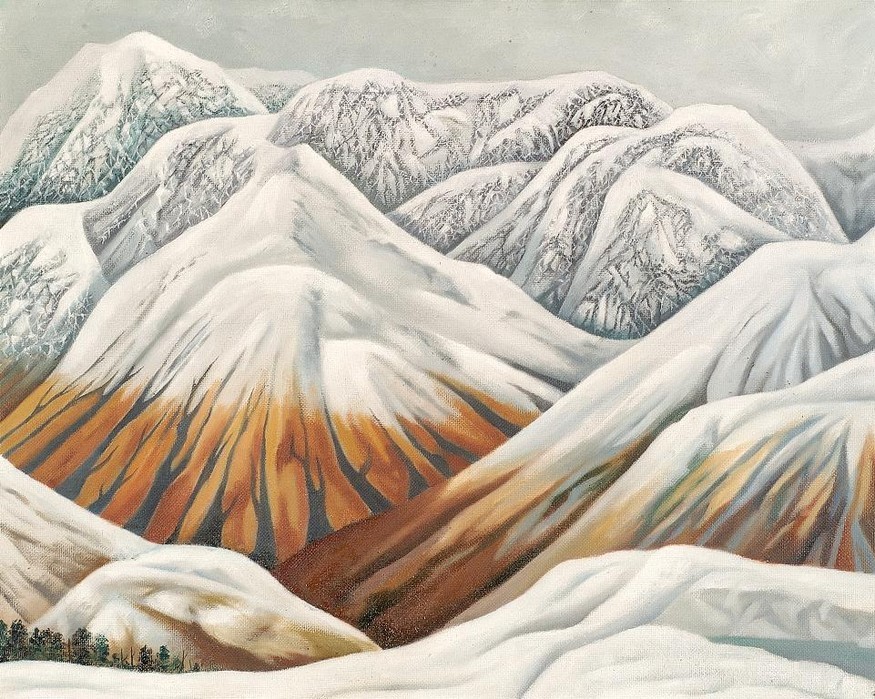
Talking Bensemann
Leo Bensemann was one of the most respected figures in the Christchurch arts scene, and played a pivotal role in influential arts collective The Group. Always something of an odd-man-out, he produced a large body of work across several different disciplines before his death in 1986. In an attempt to get a fuller picture of the man himself, Gallery director Jenny Harper spoke to two artists who knew him well, John Coley and Quentin MacFarlane.
Interview
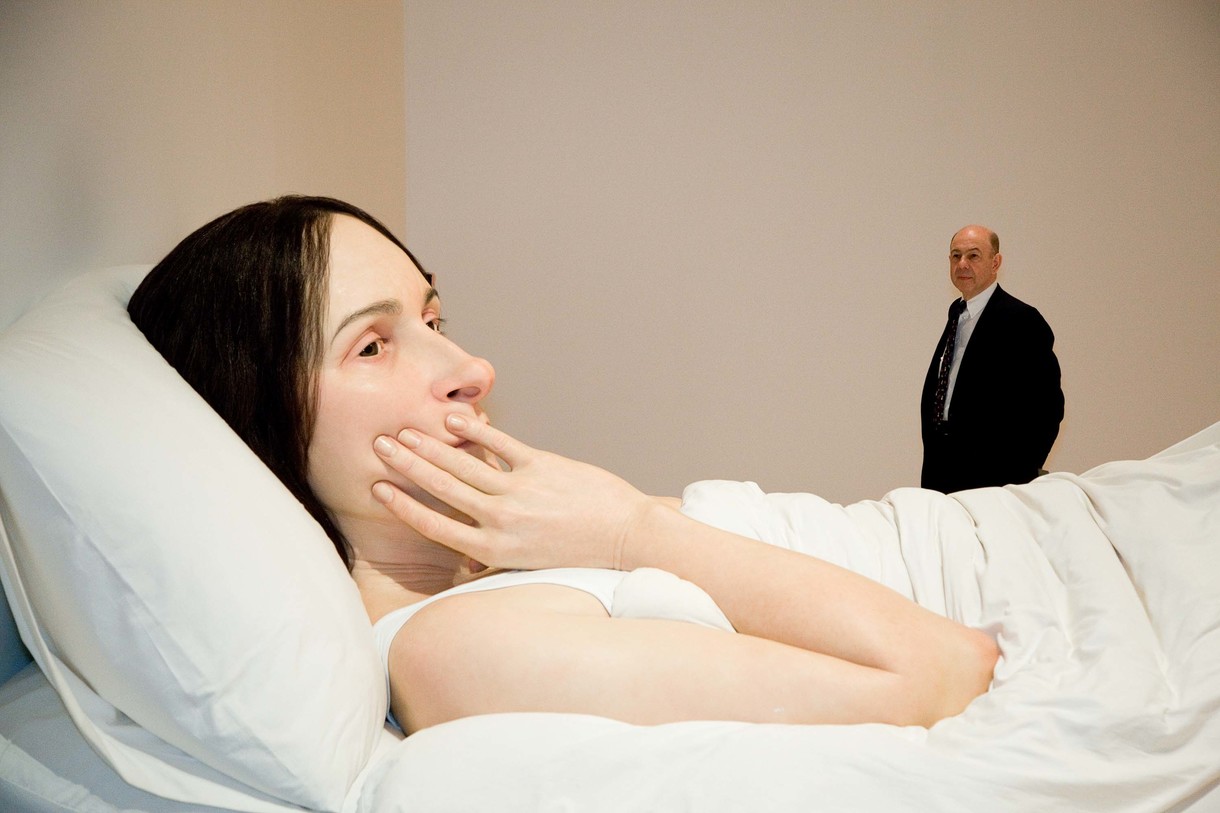
Inspiration and Consolation
In 2002, after two decades as one of the world’s most influential dealers of contemporary art, Anthony d’Offay closed the doors to his commercial gallery in Dering St., London. The years since, however, have been anything but quiet for him. In 2008, Tate and the National Galleries of Scotland acquired more than 700 works from d’Offay – a collection worth more than £125 million at the time, but acquired for the British public at its original cost price of around £27 million. Including works by Andy Warhol, Joseph Beuys, Gilbert and George, Damien Hirst, Jeff Koons, Agnes Martin and Anselm Kiefer, the line-up is remarkable. Just as remarkable is the way the works are now being presented, in the form of more than fifty ‘Artist Rooms’ which travel not just to high-profile metropolitan institutions like Tate but also to small and often underfunded regional galleries – so that viewers might encounter Diane Arbus in Nottingham, or Ed Ruscha in Inverness. In addition to his work curating the Artist Rooms, d’Offay has continued to work closely with just one artist from his Dering St. stable – Ron Mueck. Senior curator Justin Paton spoke with d’Offay about Artist Rooms, his own formative gallery-going experiences, and his thoughts on Ron Mueck and his sculptures.
